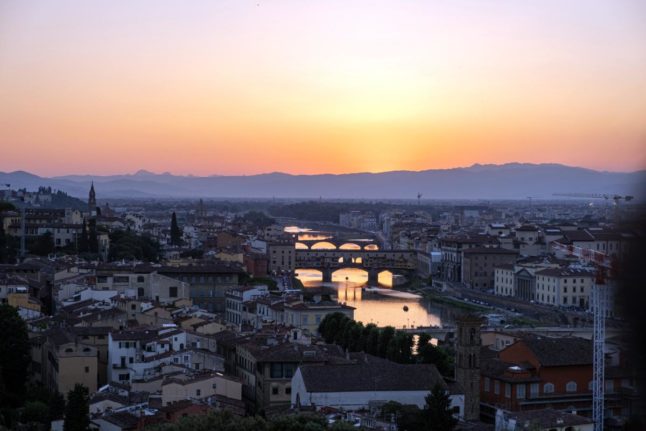Italian health authorities on Friday issued severe heat warnings as the sizzling heatwave currently sweeping the nation was expected to get even hotter.
Meteorologists warned people in Italy to prepare for “the most intense heatwave of the summer and also one of the most intense of all time”.
READ ALSO: Italy puts 16 cities on red alert this weekend as heat intensifies
Temperatures were forecast to exceed 40 degrees Celsius (104 Fahrenheit) in Rome by Monday and may even reach 43°C on Tuesday, smashing the city’s heat record of 40.5°C set in August 2007.
The islands of Sicily and Sardinia could see temperatures as high as 48°C, as the European Space Agency warned of “potentially the hottest temperatures ever recorded in Europe”.
The current European heat record of 48.8°C was set in the Sicilian province of Syracuse in summer 2021.
On Saturday, 15 cities were already on red alert: Bari, Bologna, Cagliari, Catania, Campobasso, Civitavecchia, Florence, Frosinone, Latina, Messina, Perugia, Pescara, Rieti, Rome, and Viterbo.
These cities will be joined on Saturday by Palermo on Sunday.
READ ALSO: ‘Four to five light meals a day’: Italy’s official advice for surviving the heat
Italy’s highest-level ‘red’ alert means the heat poses a threat to the general population, not just to more vulnerable groups such as young children and the elderly.
All other parts of the country were placed on lower-level yellow or amber alerts over the weekend.
The heatwave began earlier this week, with some parts of Italy already seeing temperatures of above 40°C in recent days.
Greece and regions of France, Germany, Spain and Poland were also baking in searing temperatures.
While it can be difficult to attribute a particular weather event to climate change, scientists insist global warming – linked to dependence on fossil fuels – is behind the multiplication and intensification of heat waves in the world.
The heatwaves come after the EU’s climate monitoring service said the world saw its hottest June on record last month.



 Please whitelist us to continue reading.
Please whitelist us to continue reading.
Member comments